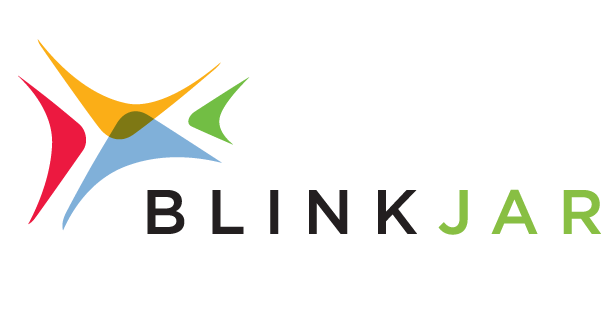The Rising Importance of Web Accessibility
The internet is a fundamental part of our daily lives in the digital age. This widespread reliance on the web has highlighted the crucial importance of web accessibility. In 2023, the significance of creating inclusive websites has never been more apparent.
Web accessibility refers to designing and developing websites to ensure people with disabilities can use them effectively. It's a critical aspect of modern web design, and its importance is growing for several reasons.
Website Accessibility Legal Requirements
Many countries and regions have enacted laws that require websites to be accessible to all users. Failure to comply with these regulations can result in legal consequences.
Expanding Your Website User Base for Disabilities
The number of people with disabilities accessing the web is increasing. In a recent session at DudaCon 2023, Turn Compliance Into Opportunities: Getting Ahead of Regulations, it was noted that 60 million people claim disability status. ”Everything you do to meet the accessibility standards helps you meet ranking signals you probably aren’t aware of.” By making your website accessible, you tap into a broader audience and potential customer base.
Inclusive Web Design Improved User Experience
Web accessibility isn't just about accommodating users with disabilities; it benefits everyone. Accessible websites are often easier to navigate and more user-friendly.
Design Tips for Creating Inclusive Websites
There are a few design tips to keep in mind when designing a website that is accessible.
Color Contrast: Ensure text and background colors have sufficient contrast, making content readable for users with low vision or color blindness.
Responsive Design: Make sure your website is responsive and works well on various devices and screen sizes, as many users with disabilities rely on different technologies.
Simplify Navigation: Keep navigation menus and content structure straightforward to make it easier for users with cognitive disabilities to find information.
Regular Audits and Updates: Accessibility standards and best practices evolve. Periodically audit and update your website to stay current with these standards.
Use Assistive Technologies: Regularly testing your website can be time-consuming. Using accessibility technologies like AudioEye can help save time, address accessibility issues, and ensure your website is as inclusive as possible.
Creating an inclusive website is not only a legal requirement but also a moral imperative in the digital age. As the importance of web accessibility continues to rise in 2023, it's vital for web designers and developers to understand the significance of creating inclusive websites and to implement the tips mentioned in this blog. By embracing web accessibility trends, you can ensure that your website welcomes all users, regardless of their abilities, and contribute to a more inclusive and accessible internet for everyone.
At BlinkJar Media, we understand the pivotal role a well-crafted website plays in your brand's success. If you're ready to elevate your online presence and leave a lasting impression, don't hesitate to reach out to our team. We specialize in creating dynamic, user-friendly websites tailored to your unique needs. Contact us today and let's bring your vision to life!









